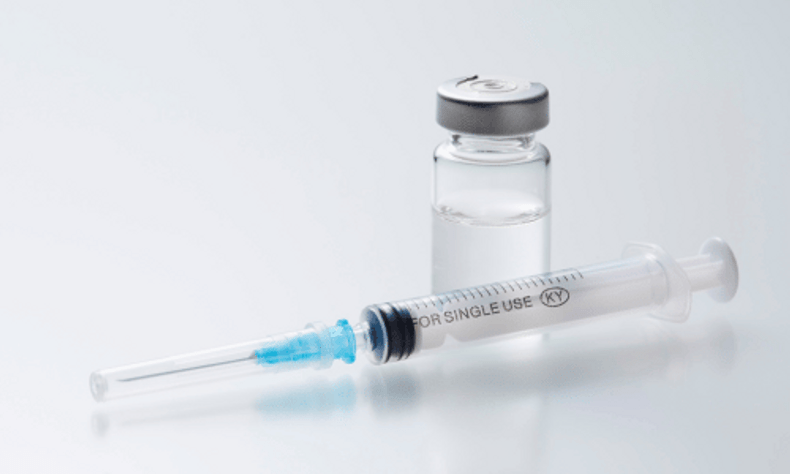Managing diabetes effectively involves understanding the tools at your disposal, and one of the most important tools for those who require insulin is the insulin syringe. Whether you’re new to insulin injections or simply looking to brush up on the basics, it’s essential to know how to use your syringes properly to ensure safe and effective diabetic care. In this post, we’ll break down the essentials of insulin syringes, from selecting the right one to how to use them and tips for safe disposal.
What Are Insulin Syringes?
An insulin syringe is a small, hollow needle used to inject insulin into your body. Unlike other types of syringes, insulin syringes are specially designed for the administration of insulin and typically feature a fine needle to make the injection as comfortable as possible. They come in various sizes and are often marked with measurement units to ensure precise dosing.
Selecting the Right Insulin Syringe
Choosing the right insulin syringe is key to effective diabetes management. Here’s what you should consider:
-
Needle Length:
Insulin syringes come in different needle lengths, usually ranging from 4 mm to 12 mm. Shorter needles (e.g., 4 mm to 6 mm) are often preferred for their comfort and ability to inject insulin directly into the subcutaneous tissue without causing too much discomfort or tissue damage. The needle length you choose will depend on your body type and where you plan to inject.
-
Needle Gauge:
The gauge refers to the thickness of the needle. Insulin syringes generally use a smaller gauge (usually between 28-31), which makes for a thinner, finer needle. The smaller the gauge number, the thicker the needle. A thinner needle, such as those with a higher gauge (e.g., 31 gauge), is often preferred for insulin injections due to the reduced pain during insertion.
-
Syringe Capacity:
Insulin syringes come in different volumes, typically 0.3 ml, 0.5 ml, and 1 ml, which indicates how much insulin the syringe can hold. Smaller syringes (e.g., 0.3 ml) are ideal for those with smaller doses of insulin, while 1 ml syringes are better for larger doses. The volume you choose should match your insulin requirements and ensure accurate measurement.
-
Type of Insulin:
Some syringes are designed for use with specific types of insulin (e.g., rapid-acting or long-acting). Be sure to choose a syringe that’s compatible with the insulin you are prescribed.
How to Use Insulin Syringes
Once you’ve selected the right syringe, it’s important to know how to use it properly. Here’s a step-by-step guide to help you administer your insulin injection:
-
Wash Your Hands:
Start by thoroughly washing your hands with soap and water to reduce the risk of infection.
-
Prepare the Syringe:
Remove the syringe from its packaging and check the needle for any visible defects. Then, draw air into the syringe by pulling the plunger back to the appropriate dose. If you’re using a vial, insert the needle into the vial, push the air in (to prevent pressure buildup), and then draw your required dose of insulin. If you’re using an insulin pen, simply attach the needle, dial the required dose, and proceed.
-
Choose Your Injection Site:
Common injection sites include the fatty areas of your abdomen, thighs, or upper arms. Rotate injection sites to avoid irritation and ensure that insulin is absorbed effectively. The area should be clean and dry.
-
Inject the Insulin:
Hold the syringe like a pencil, pinching the skin around the injection site to create a small "pocket." Insert the needle at a 90-degree angle (or 45 degrees if using a longer needle), and slowly push the plunger to inject the insulin. Once the injection is complete, remove the needle and apply gentle pressure with a clean cotton ball or tissue.
-
Dispose of the Syringe:
Never reuse a syringe or needle. Immediately dispose of it in a designated sharps container to avoid injury or infection.
Tips for Safe Insulin Injection
To ensure safe and effective insulin injections, here are a few additional tips:
-
Stay Consistent: Try to inject insulin at the same time each day, and follow your healthcare provider’s instructions for dosing.
-
Rotate Injection Sites: Changing up your injection sites regularly will help prevent skin irritation and allow your body to absorb the insulin effectively.
-
Keep Track of Doses: Write down your insulin doses and any other relevant information, such as the time of day and injection site, to monitor your diabetic care more accurately.
-
Store Insulin Properly: Insulin should be stored according to the manufacturer’s instructions. Most types of insulin should be refrigerated, but once opened, they may be kept at room temperature for a short period of time.
Safe Disposal of Insulin Syringes
Proper disposal of used insulin syringes is an important part of diabetic care. Never throw syringes or needles in the regular trash, as they can be a safety hazard. Always use a sharps container—a puncture-resistant, labeled container designed for the safe disposal of needles and syringes. When the container is full, follow your local guidelines for safe disposal, or take it to a designated medical waste facility.
Understanding how to use insulin syringes effectively is a key part of managing diabetes and maintaining overall health. By selecting the right syringe for your needs, following the proper injection techniques, and disposing of used syringes safely, you can help ensure a smoother, safer experience with insulin therapy. As always, be sure to consult with your healthcare provider to ensure that your insulin injection routine fits your specific needs and treatment plan.

